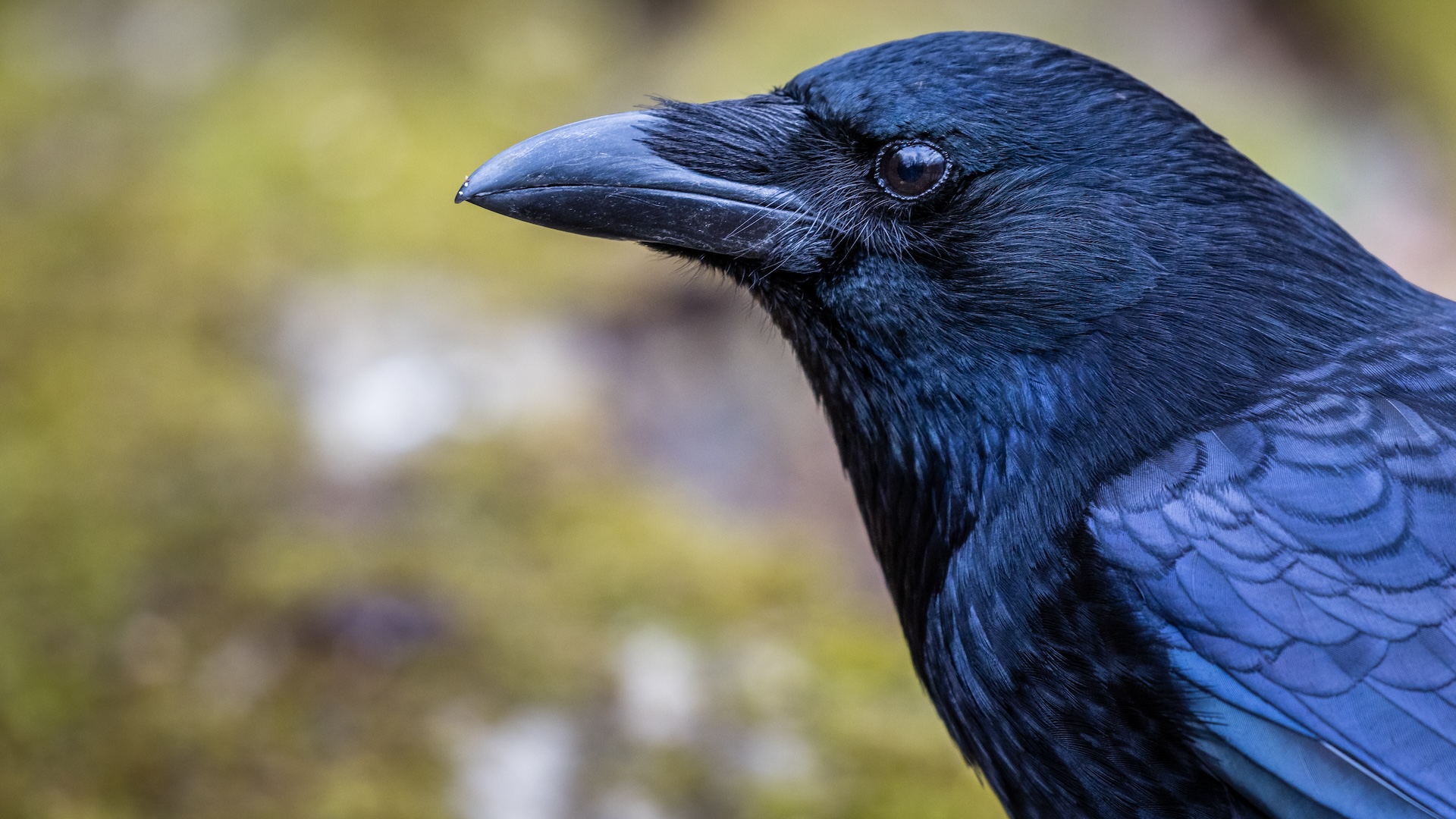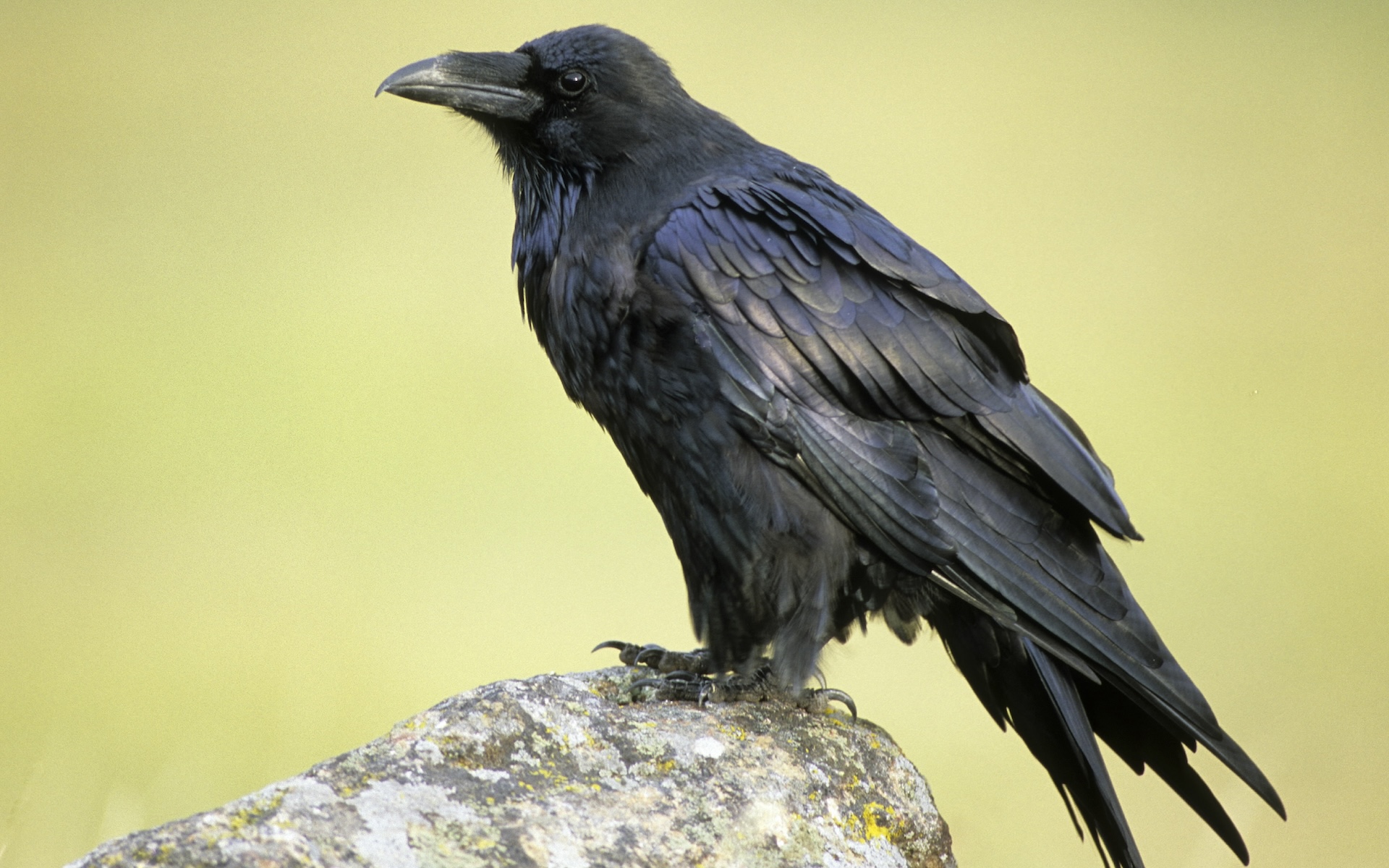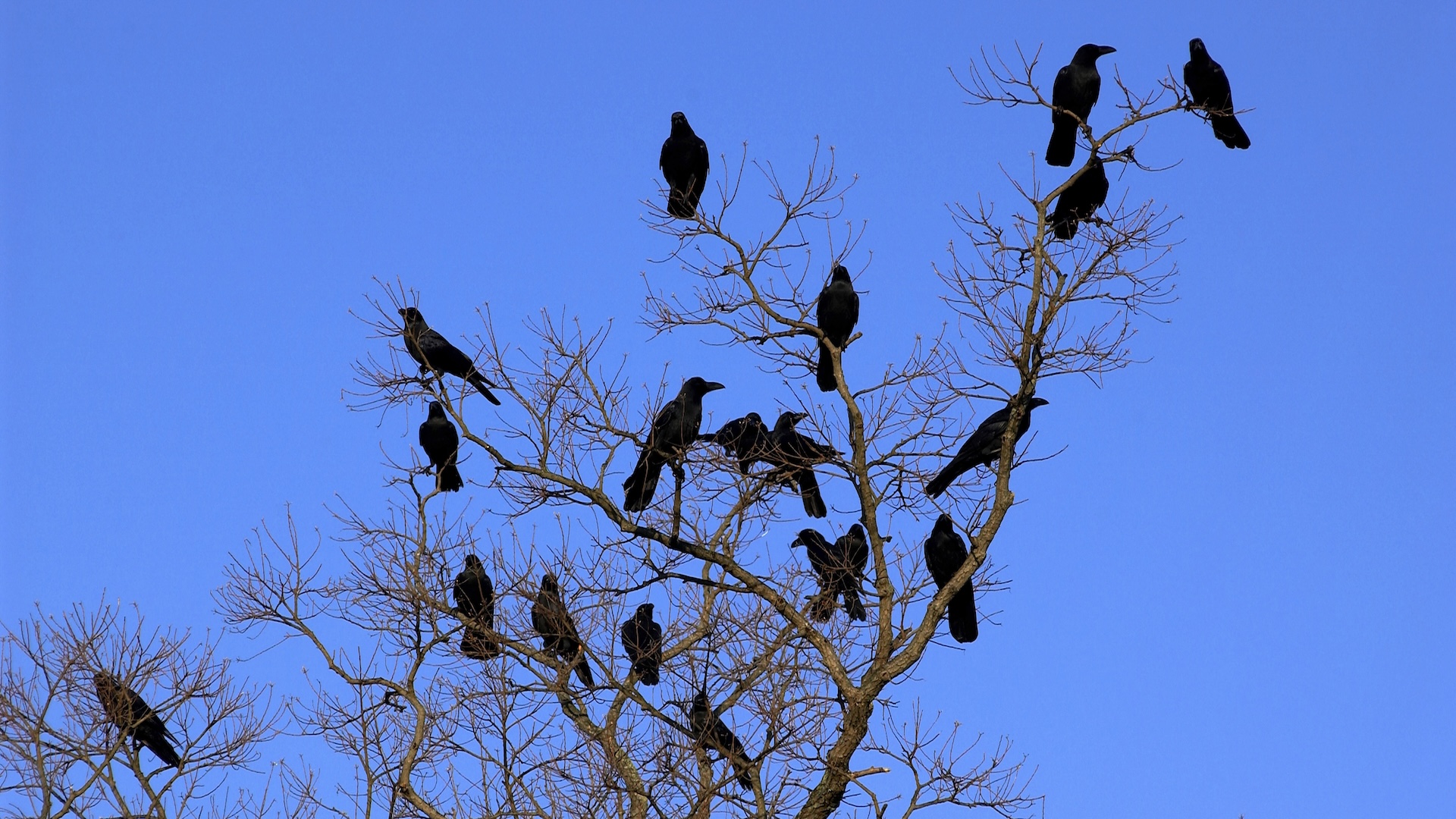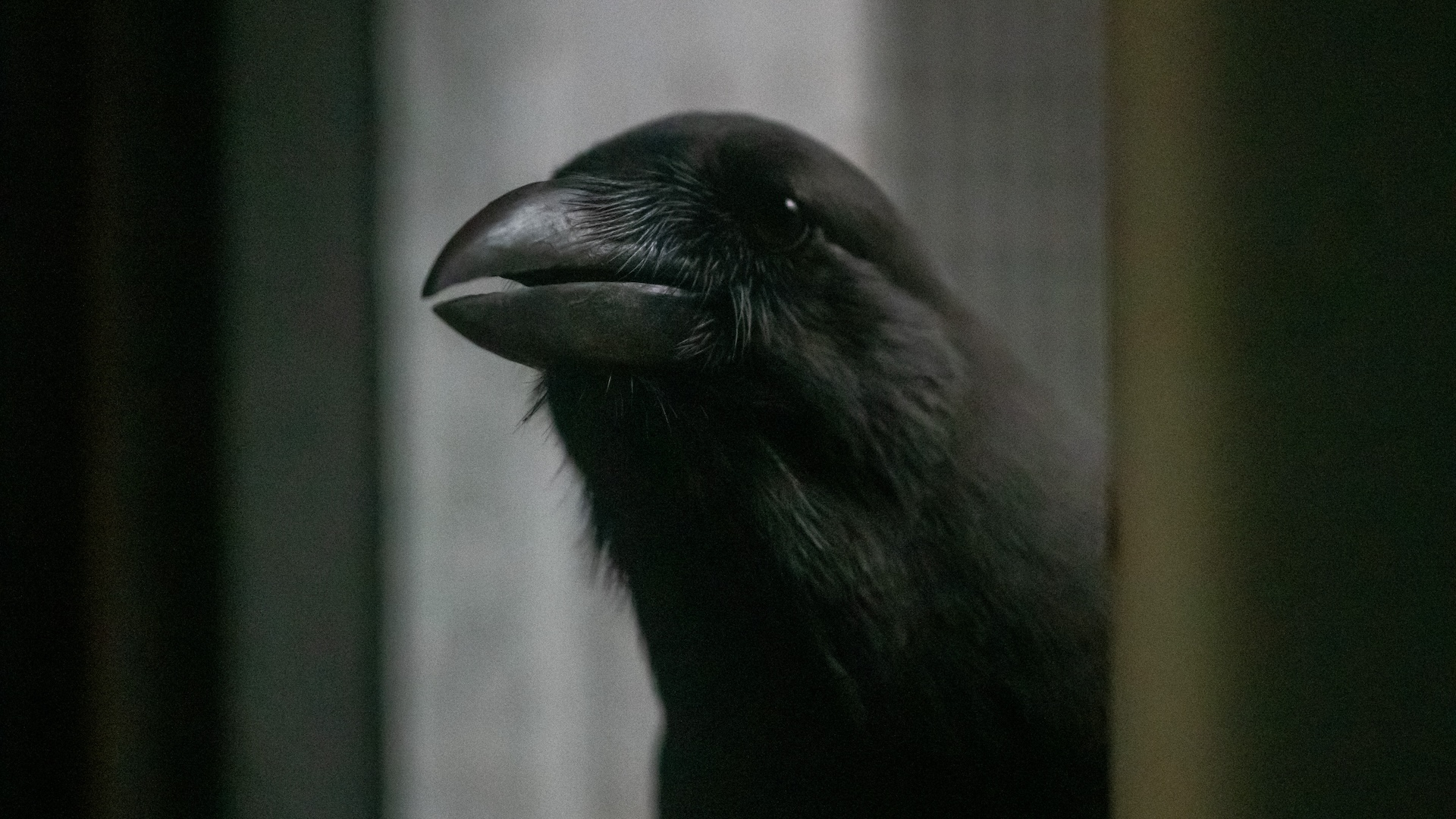Crows: Facts about the clever birds that live all over the world
Discover interesting facts about how crows remember faces, mimic human speech and more.

How many species of crow there are: Over 40
Where they live: North America, Europe, Asia, Africa and Australia
How many crows live in the U.S.: at least 27 million
Crows are birds known for their intelligence, their adaptability, and their loud, harsh "caw." They're part of the same family as ravens, jays, magpies and nutcrackers. Different crow species live on every continent except South America and Antarctica. Although they're sometimes dismissed as noisy pests, crows are clever, curious, and deeply social creatures. Even today, scientists are continuing to discover how remarkable these animals are. Read on to learn more surprising and fascinating facts about crows.
5 fast facts about crows
- Crows have been spotted using tools — a sign of their high intelligence.
- A group of crows is called a "murder."
- Crows nesting on electric poles once caused a string of blackouts in Japan.
- Different groups of crows have regional "accents," and crows use that "accent" if they're trying to fit in with a new group.
- Crows have been spotted placing walnuts on the road so that cars will drive over them and crack their shells, making the nuts easier to eat.
Everything you need to know about crows
Are crows smart?
Crows are extremely intelligent. They're known for their problem-solving, amazing communication skills, and ability to recognize humans. In fact, research shows that crows remember the faces of people they don't like and even pass this information to other crows in their flock.
Crows also seem to have complex social behaviors. Researchers have found that when one crow dies, flocks gather around the dead, almost like a funeral. Scientists think this may help the crows learn what killed the crow so they can avoid that threat.
These cunning birds are math whizzes, too. Crows can count out loud, and they understand the concept of zero. In some ways, crows are as clever as toddlers or small children, and on one test of intelligence, they even beat monkeys.
How do you tell crows and ravens apart?
Ravens and crows are related, but they are different. You can tell the two apart primarily by their size; ravens are larger and closer in size to hawks. Crows also tend to travel in large flocks, whereas ravens are more often seen in pairs. They also have different tail feathers. Crow tail feathers are all the same length, so when a crow is flying, its tail looks like a handheld fan. A raven, on the other hand, has longer feathers in the middle of its tail, so it looks like an arrow shape when the raven flies. Lastly, crows are known for their distinctive cawing sound, whereas ravens have low, croaking voices.

What do crows eat?
Crows are omnivores, which means they eat nearly anything. Crows eat small mammals, amphibians and reptiles, as well as eggs and the remains of dead animals. They also eat bugs, seeds, grains, nuts, fruit, mollusks, worms and even other birds. Crows sometimes dig through human garbage for a snack, and they're known to hide their food and save it for later.
Can crows talk?
Like parrots, some crows can learn to mimic human speech. The way birds make sounds is very different from the way we do, though. Humans can speak because of our larynx, or voice box. When air from our lungs passes through the larynx, our vocal cords vibrate, which creates sound waves we recognize as speech. Crows don't have a larynx, though. They have a different vocal organ, called a syrinx, that they use to make noises.
Crow pictures

A murder of crows
Crows often live in large flocks, called murders.

Baby birds
A house crow in Kathmandu, Nepal, feeds its chicks.

Hawaiian crow
Most crow species aren't under threat. The Hawaiian crow, also known as the ʻalalā, is an exception. These crows are currently extinct in the wild, but conservationists are trying to reintroduce them.
Get the world’s most fascinating discoveries delivered straight to your inbox.

Marilyn Perkins is the content manager at Live Science. She is a science writer and illustrator based in Los Angeles, California. She received her master’s degree in science writing from Johns Hopkins and her bachelor's degree in neuroscience from Pomona College. Her work has been featured in publications including New Scientist, the Johns Hopkins Bloomberg School of Public Health magazine and Penn Today, and she was the recipient of the 2024 National Association of Science Writers Excellence in Institutional Writing Award, short-form category.
You must confirm your public display name before commenting
Please logout and then login again, you will then be prompted to enter your display name.


